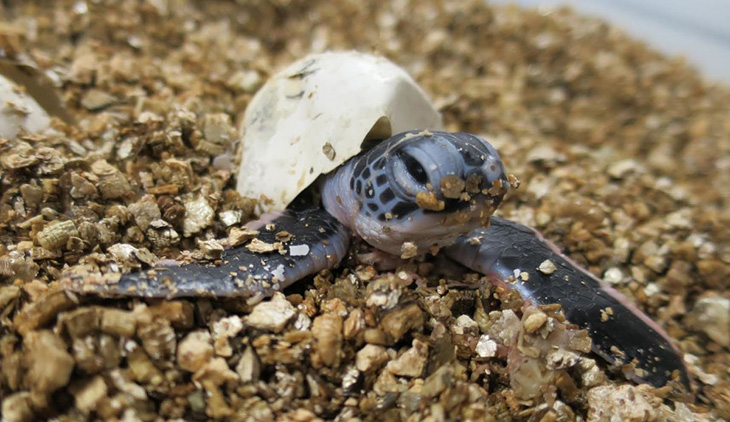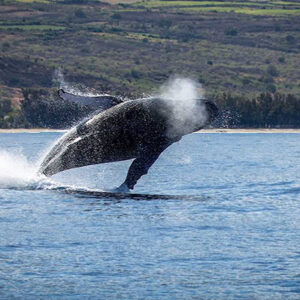
For a time, turtles were considered endangered. Hence, marine biologists and concerned citizens put their heads together to come up with a perfect plan to save the young turtles. While turtles lay more than a hundred eggs per nest, only a fraction of these babies survive in the wild.
The best way to save these gentle sea creatures is to protect their young. They often fall prey to bigger creatures as food. So, what’s needed to be done? It’s all about proper breeding and making sure that they have all the human support they need.
With so much effort placed into saving these reptiles, a breeding ground for green turtles has seen a whopping 500 percent growth in terms of the numbers of clutches of eggs laid. What helped as well was the fact that hunting was banned in the area.
Scientists consider this a conservation success story. That’s because their efforts reflect how numbers can slowly recover simply by outlawing killing the turtles. This law was passed on Aldabra Atoll in the Seychelles in 1968. Before that, around 2,000 to 3,000 clutches of eggs were laid each year. The numbers have certainly changed as it now stands at 12,000 to 15,000 from the data collected in 2019.
However, Aldabra’s turtle population is still much below the estimated pre-exploitation population numbers. Nonetheless, they’re optimistic that the increase will likely to happen and that they’ll continue to see the upward trend.
A team of experts from Exeter University analyzed the figures that were given to them by the researchers from the Seychelles Islands Foundation. The study’s lead author is Adam Pritchard. He is from the Centre for Ecology and Conservation on Exeter’s Penryn Campus in Cornwall. He shared his thoughts on the issue and said, “Green turtles have suffered massive historical population declines due to intensive harvesting of nesting females. Aldabra Atoll was the first green turtle nesting site to be protected in the Western Indian Ocean, with a ban on turtle capture in 1968, followed by continued long-term monitoring by Seychelles Islands Foundation researchers.”
Professor Brendan Godley also helped supervise the research. He shared, “It’s been an honor to support the analysis of the decades of work by the Seychelles team. The ongoing population increase of Aldabra’s green turtles is testament to long-term protection, and offers some clear evidence of the fact that we can be optimistic about marine conservation, well enacted.”
As they looked into the results of the study, they saw that green turtle clutches have increased at Aldabra by 2.6 percent per year overall. The biggest increase comes from the Settlement Beach on Picard. Ironically, this was where exploitation of nesting females was historically the highest and most problematic.
Cheryl Sanchez is co-author of the study. This was published in the journal Endangered Species Research. She is currently doing a PhD on Aldabra’s turtles as well. She said, “This study demonstrates the importance of long-term monitoring, which is often seen as less glamorous and valuable than targeted research. It has taken decades of tireless commitment to collect the data to confirm this increase, and the foresight to protect the nesting population before it was too late. Aldabra’s green turtles should continue to be an incredible conservation success story that we can follow for decades to come.”
The numbers that they came up with show how Aldabra is the second-largest monitored green turtle rookery found in the region. The research also shows how Aldabra considerably contributed to the regional green turtle numbers and distinctly demonstrated the many pros that come with long-term protection and monitoring to the species living in the area.
What are your thoughts? Please comment below and share this news!
True Activist / Report a typo


